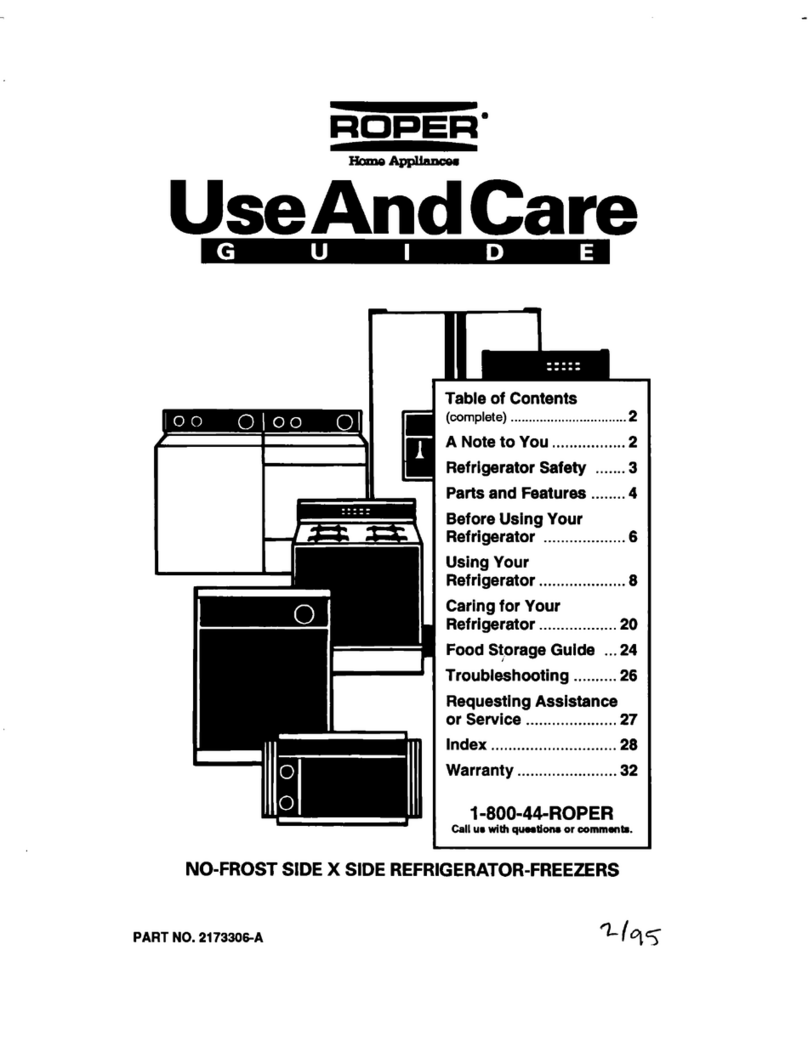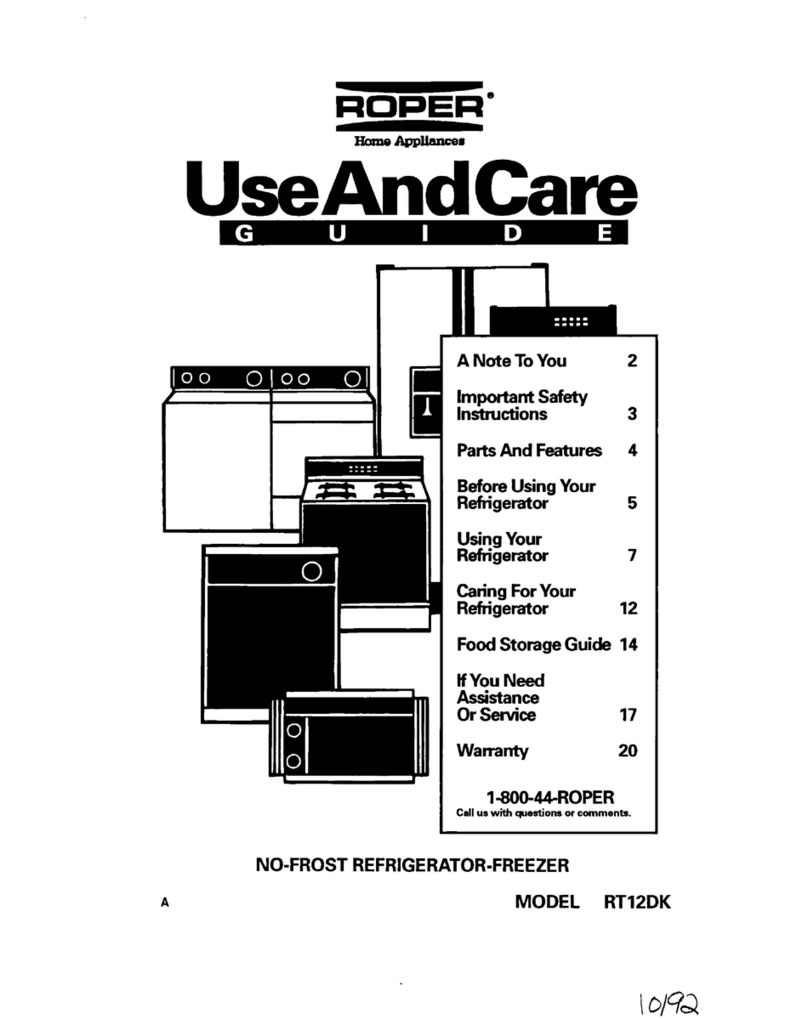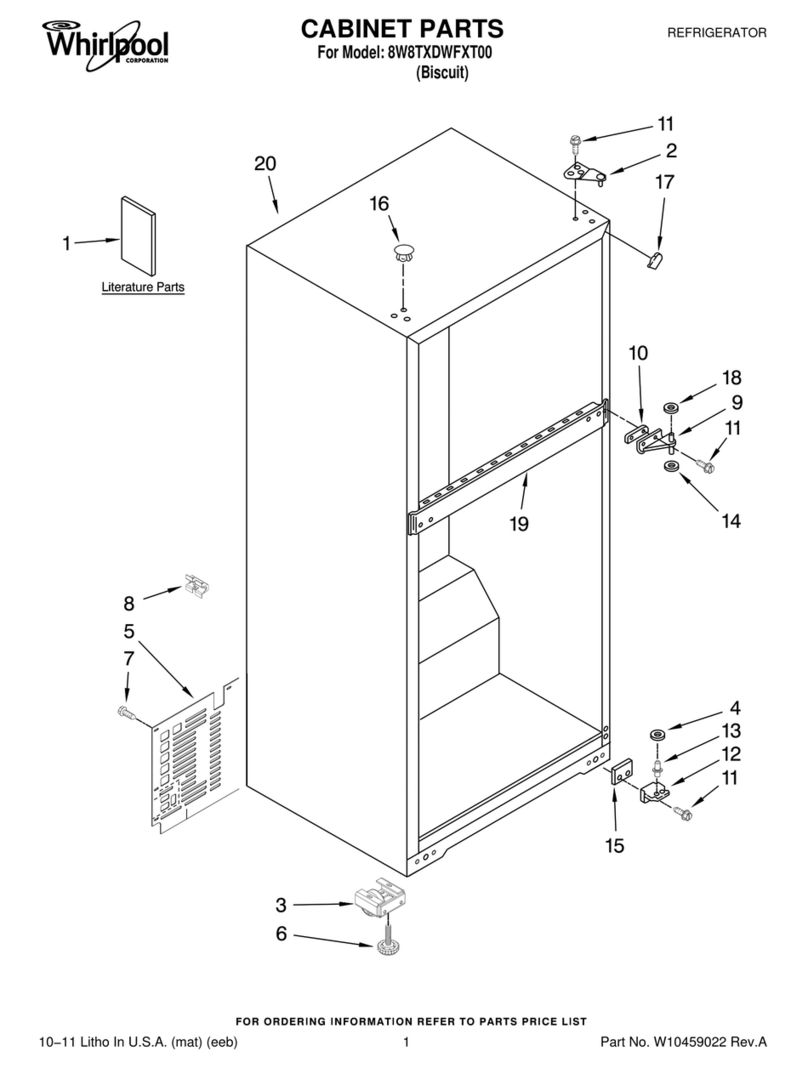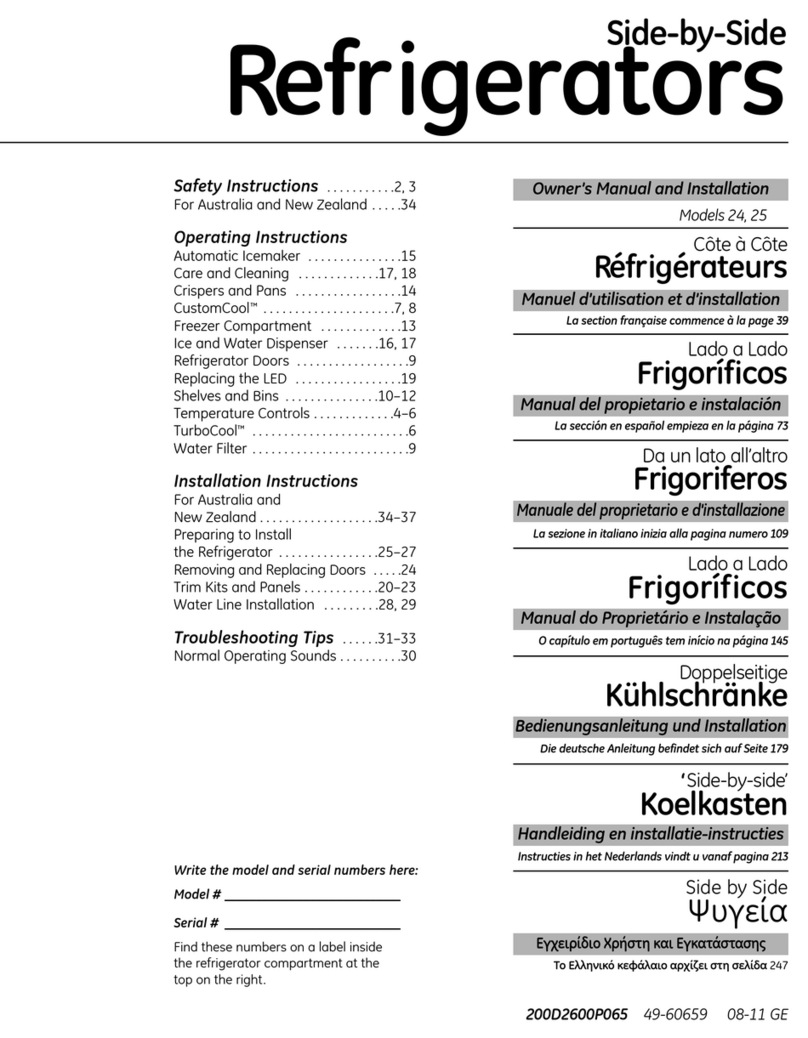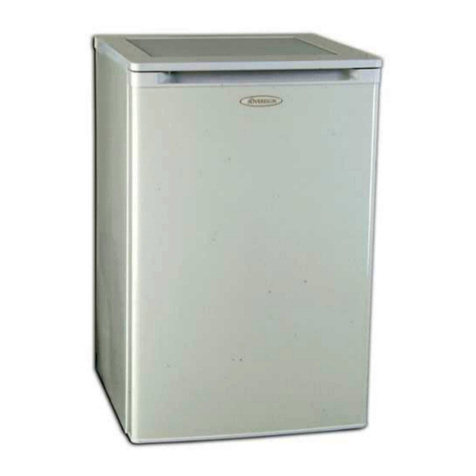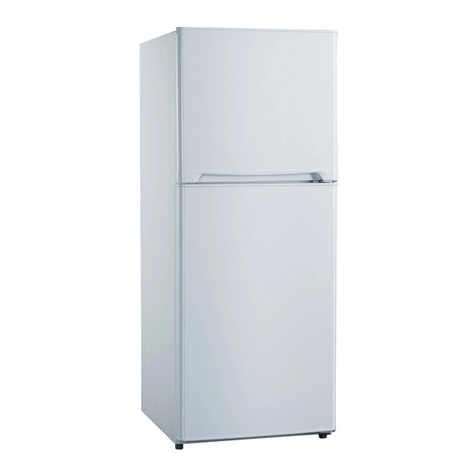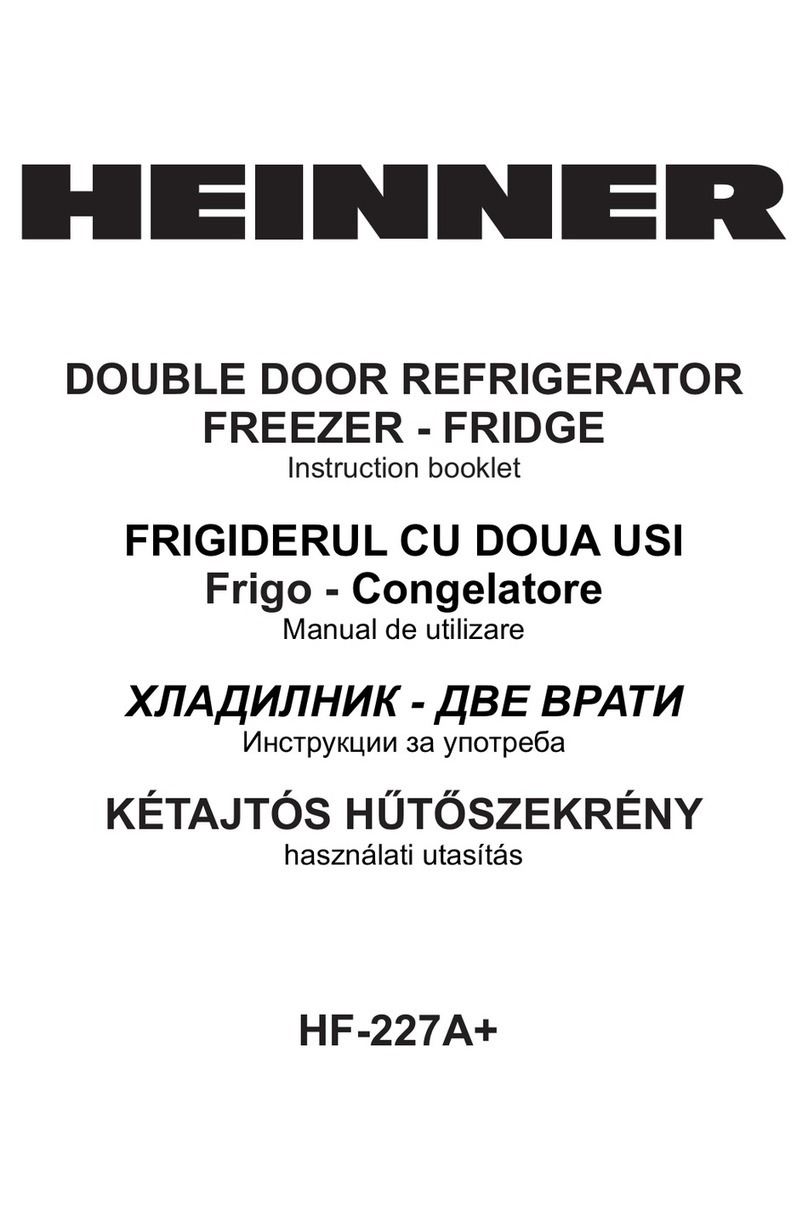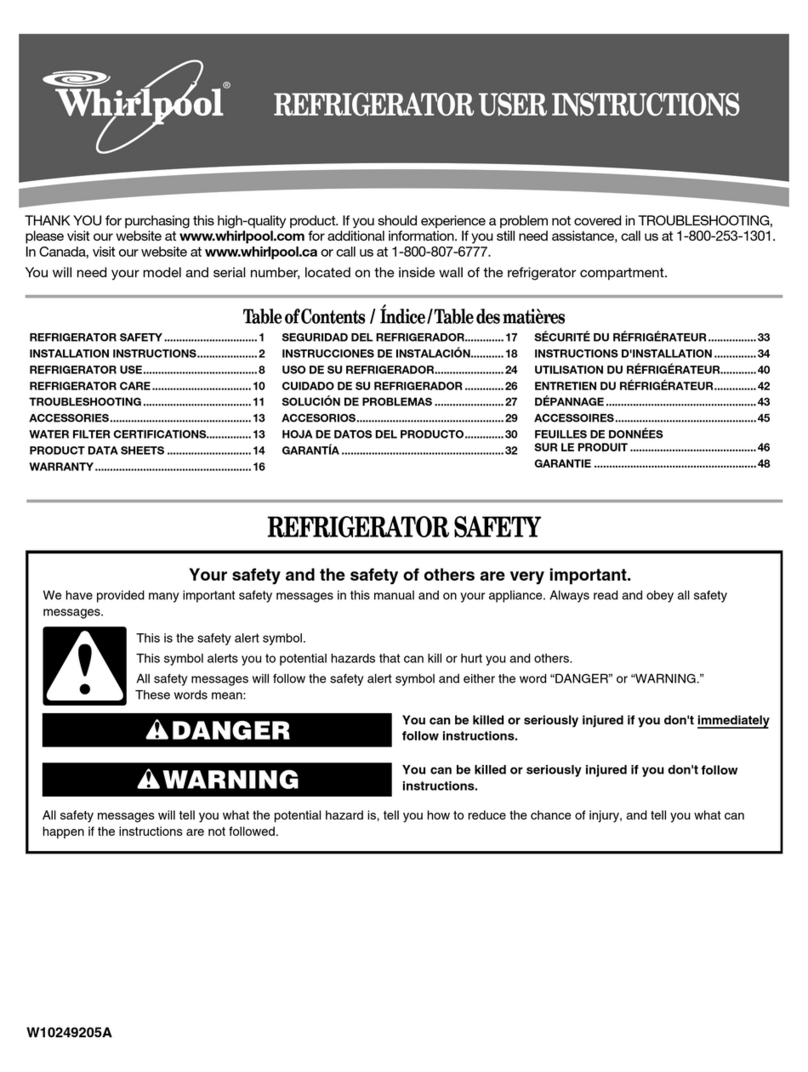Roper RT18HD User manual




















Table of contents
Other Roper Refrigerator manuals
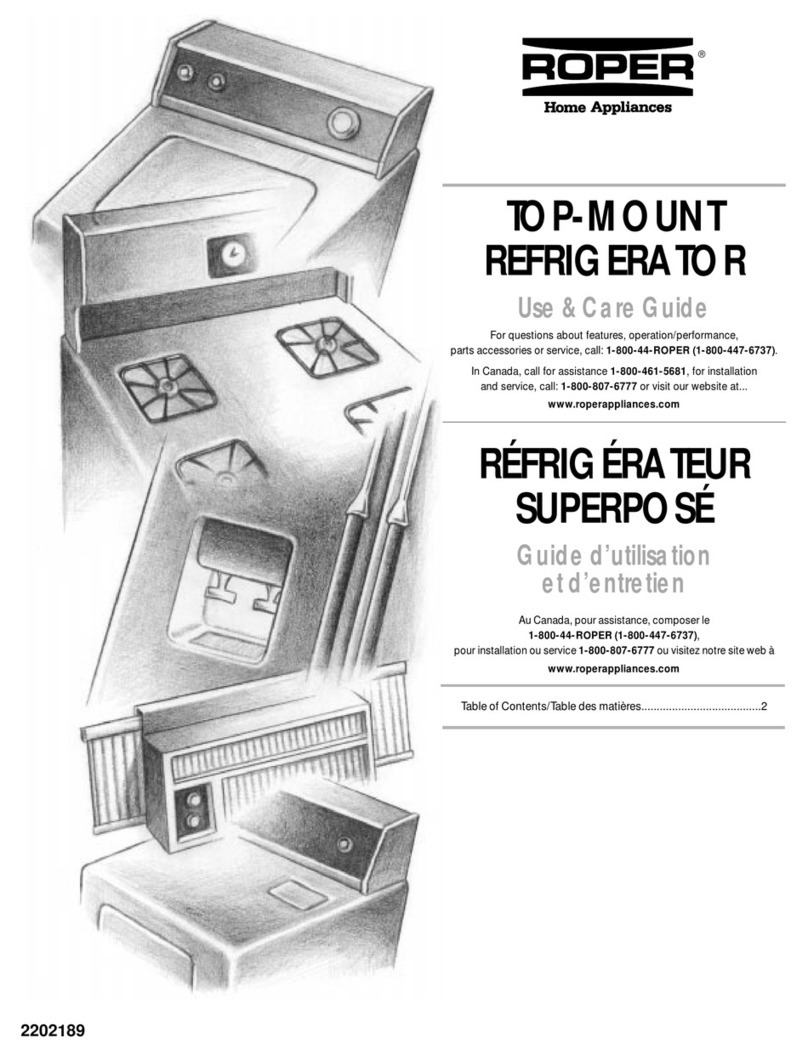
Roper
Roper Roper RT14BKXJW00 User manual
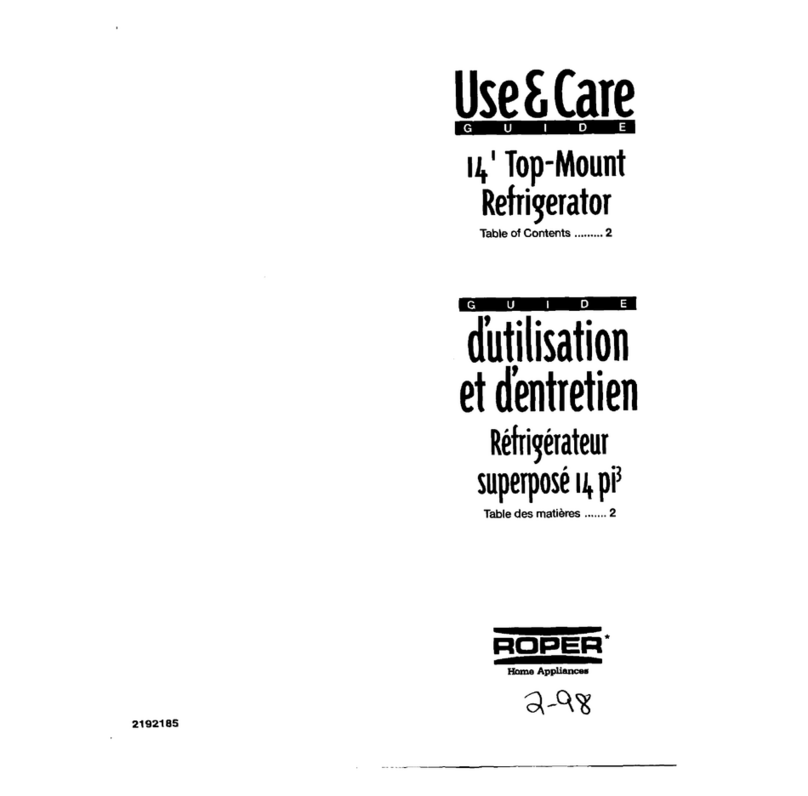
Roper
Roper Roper RT14BKXFN02 User manual

Roper
Roper RBZICK User manual
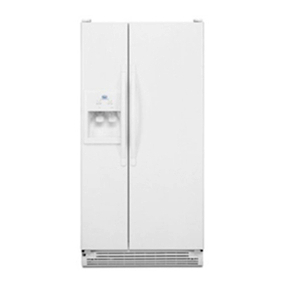
Roper
Roper RS22AQXMQ00 User manual
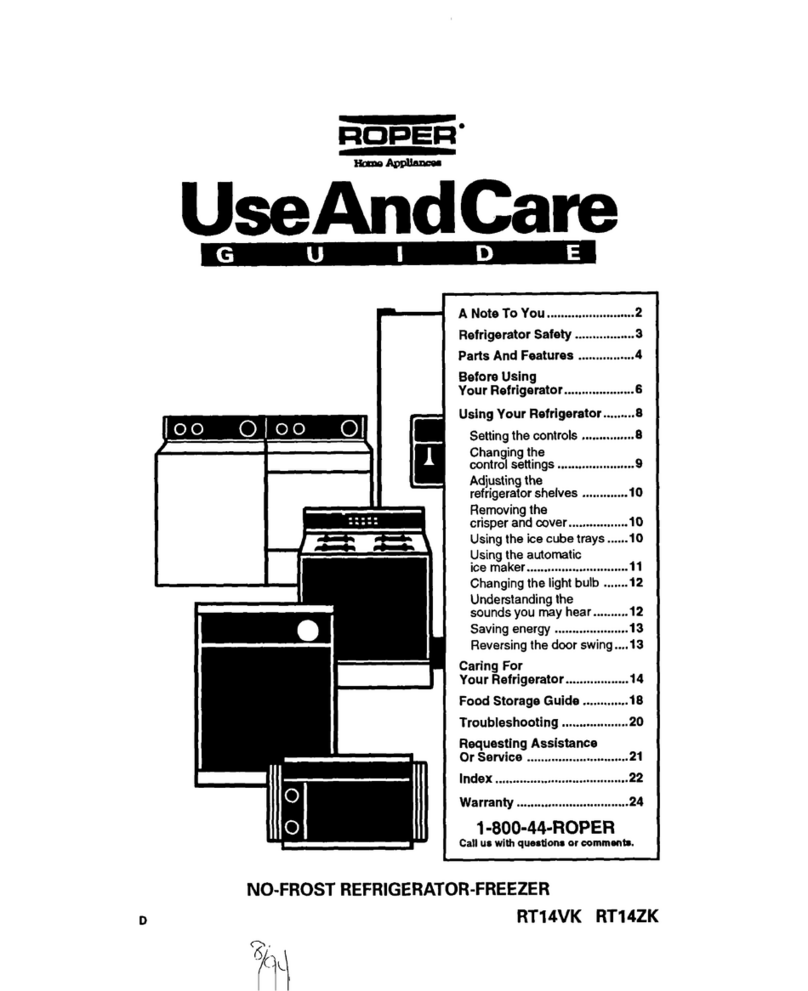
Roper
Roper RT14ZK User manual
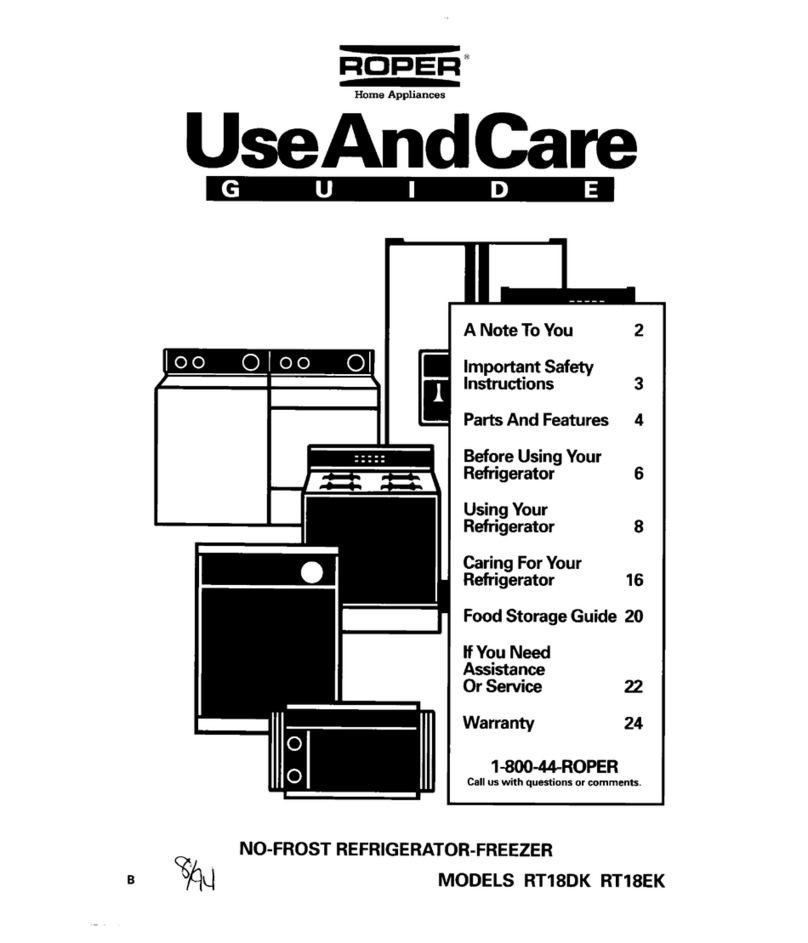
Roper
Roper RT18DK User manual

Roper
Roper RT12FC User manual

Roper
Roper RSZOCK User manual
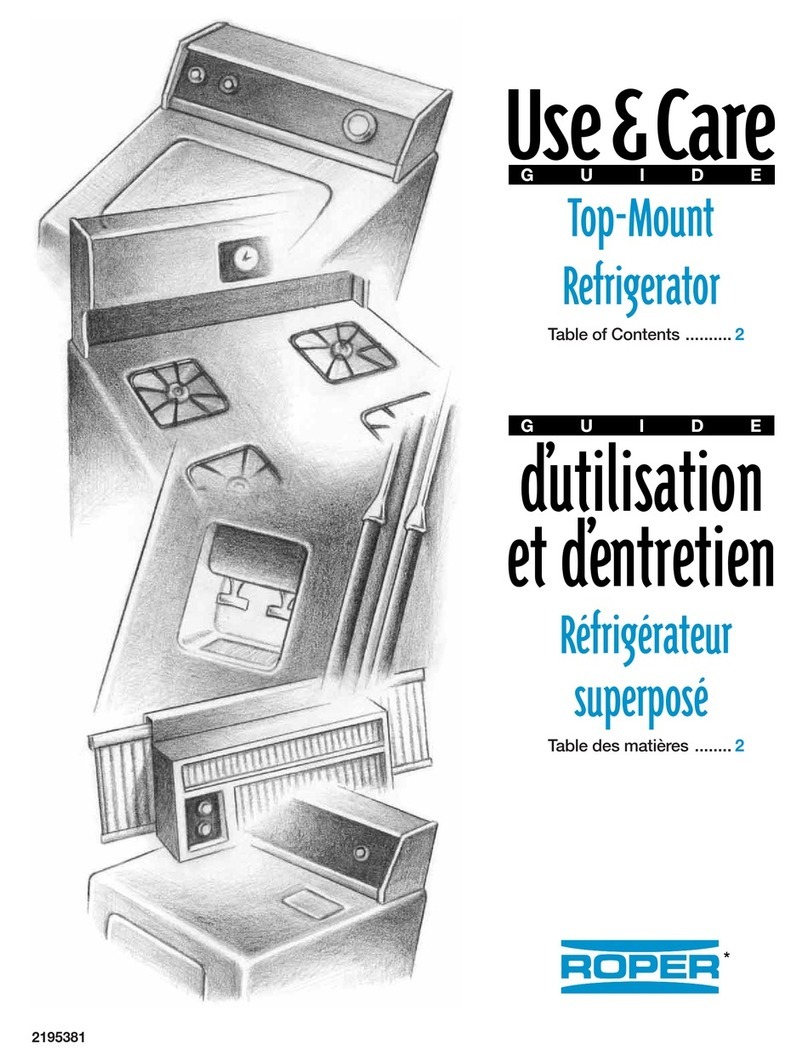
Roper
Roper ROPER RT18DKXFN03 User manual

Roper
Roper TOP-MOUNT REFRIGERATOR User manual
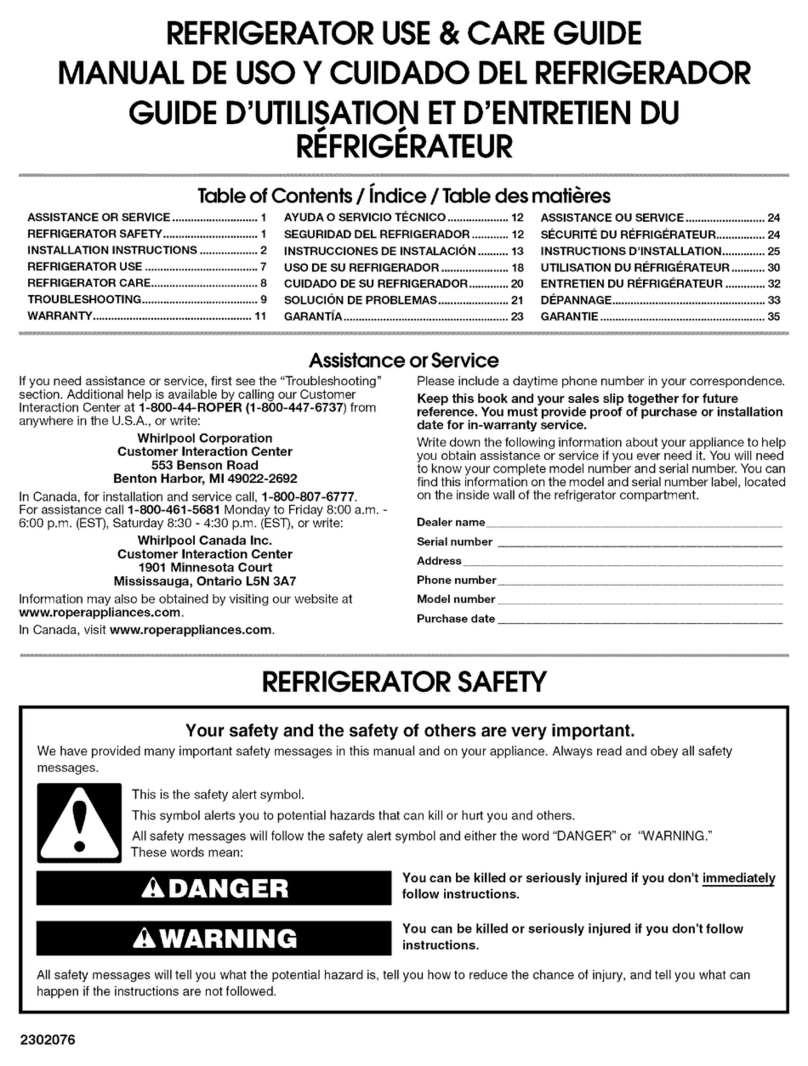
Roper
Roper RT18AKXKQ08 User manual
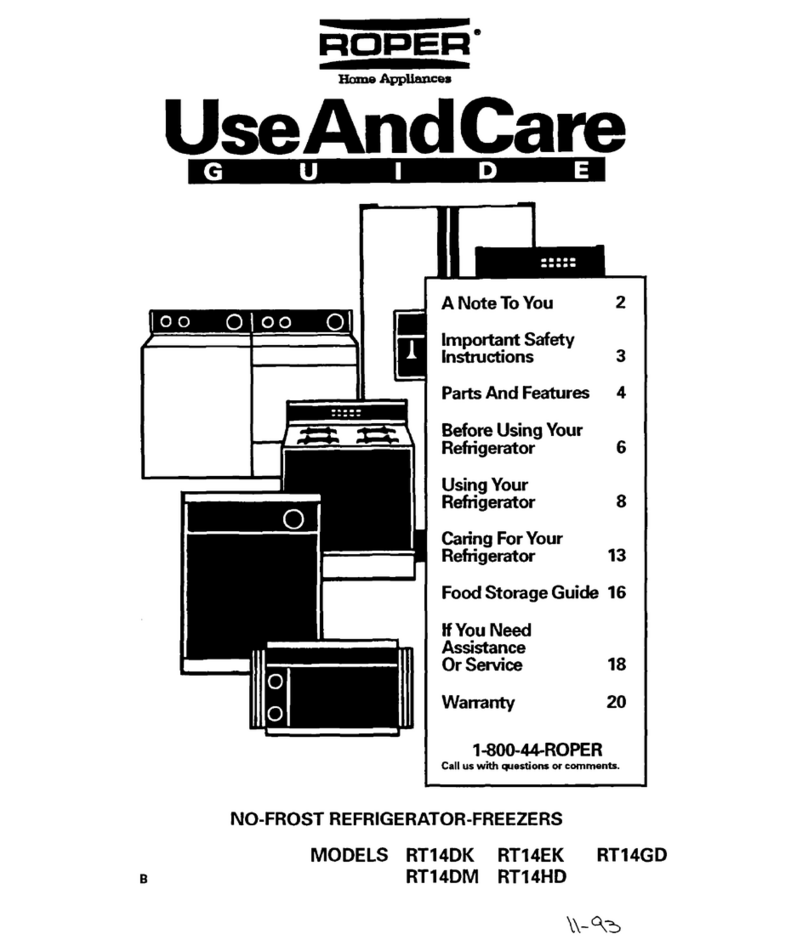
Roper
Roper RT14EK User manual
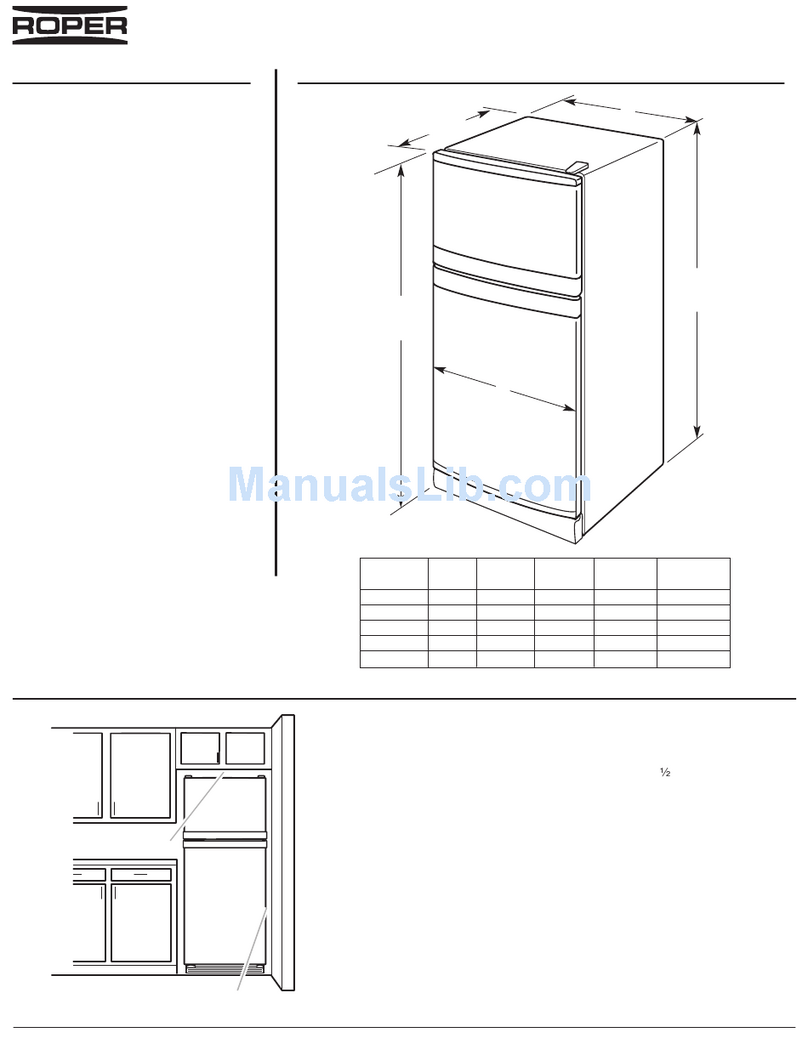
Roper
Roper RT14BKXSQ User instructions

Roper
Roper YRT18VKXJW00 User manual

Roper
Roper TOP-MOUNT REFRIGERATOR User manual
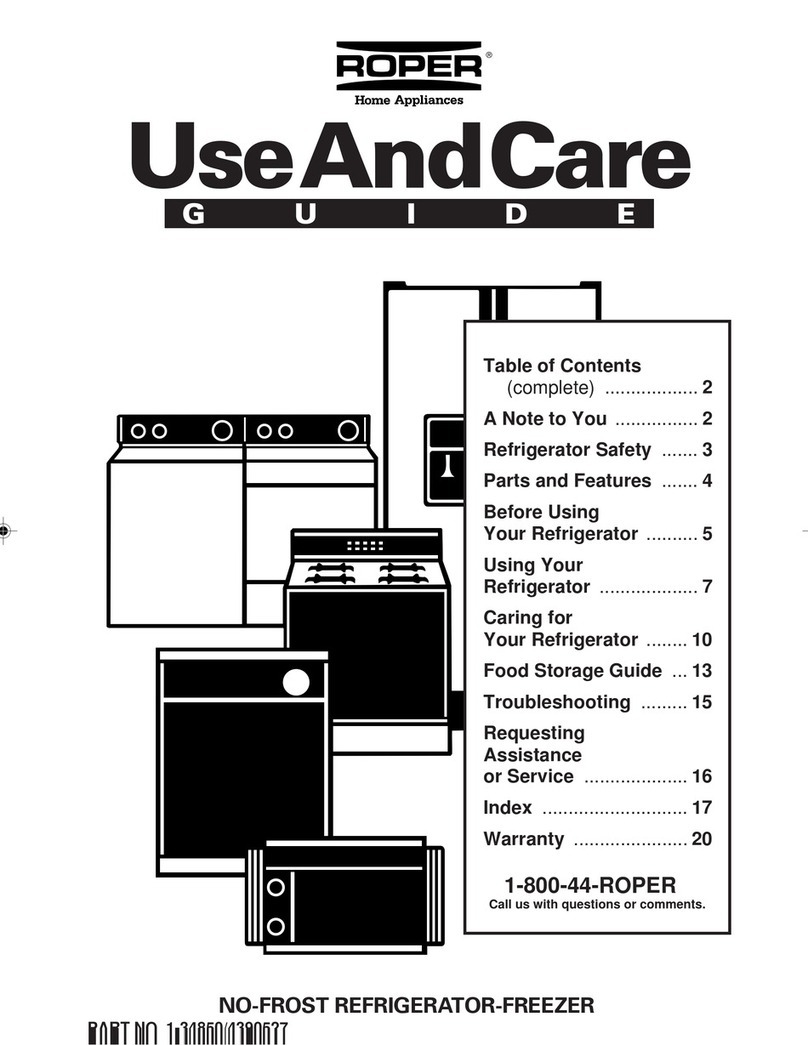
Roper
Roper 1-34850/4390527 User manual
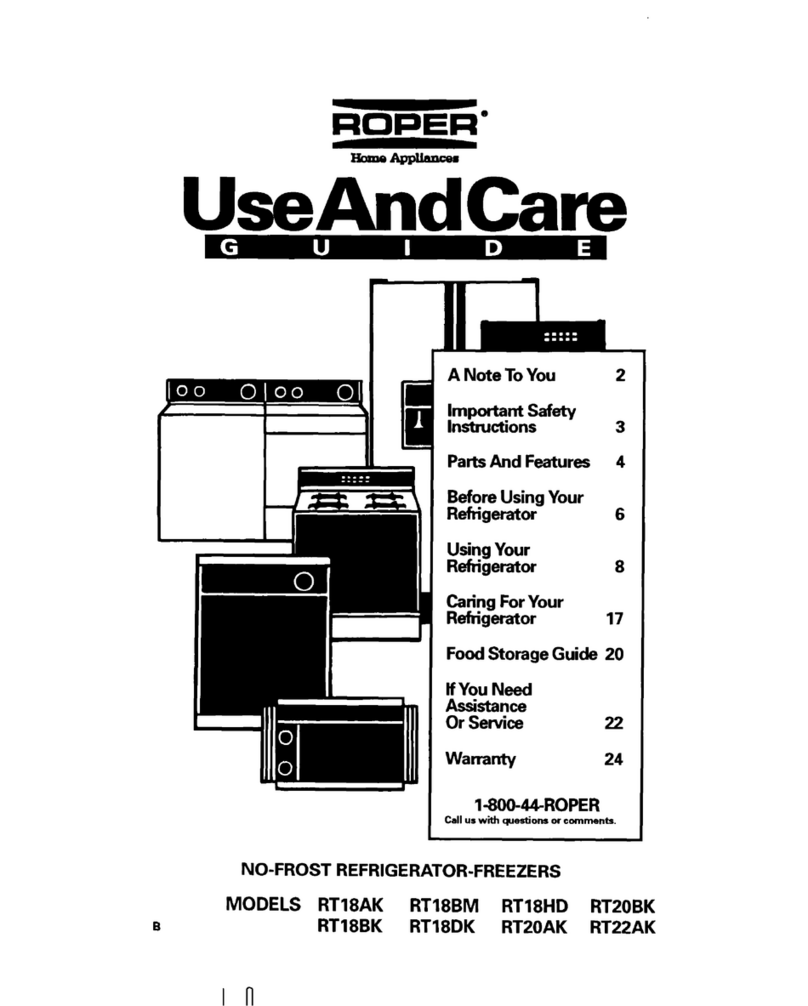
Roper
Roper RT18BK User manual

Roper
Roper Roper RT20DKXDN00 User manual

Roper
Roper RT14BKXSQ Assembly instructions

Roper
Roper RT14DK User manual
Popular Refrigerator manuals by other brands

Gaggenau
Gaggenau RC472700 - annexe 2 Use and care guide
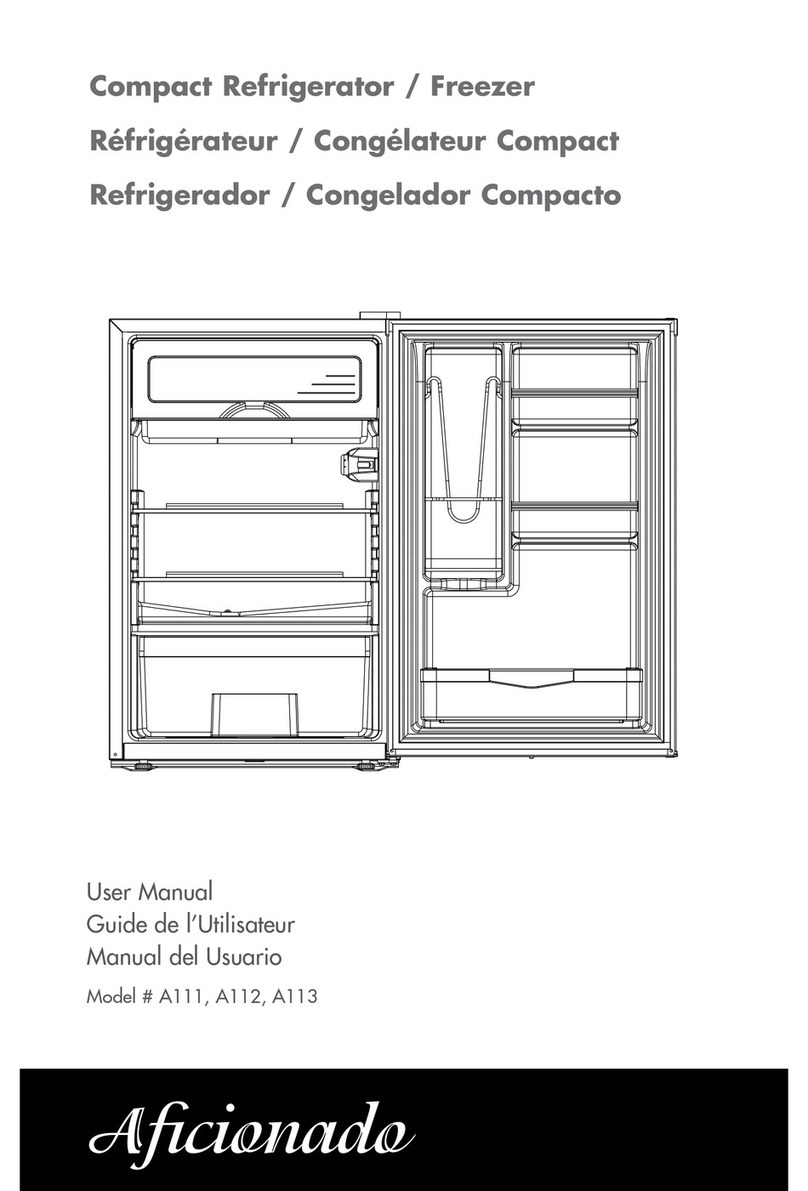
Aficionado
Aficionado A111 user manual
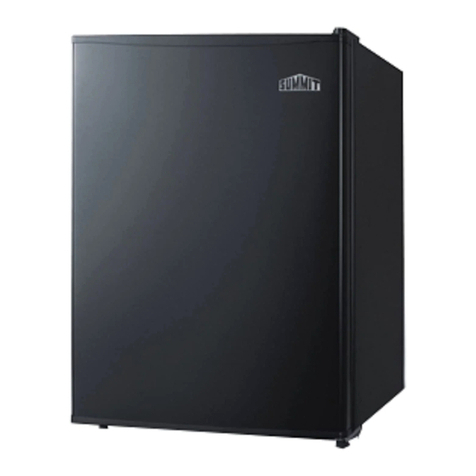
Felix Storch
Felix Storch Summit FF29K instruction manual
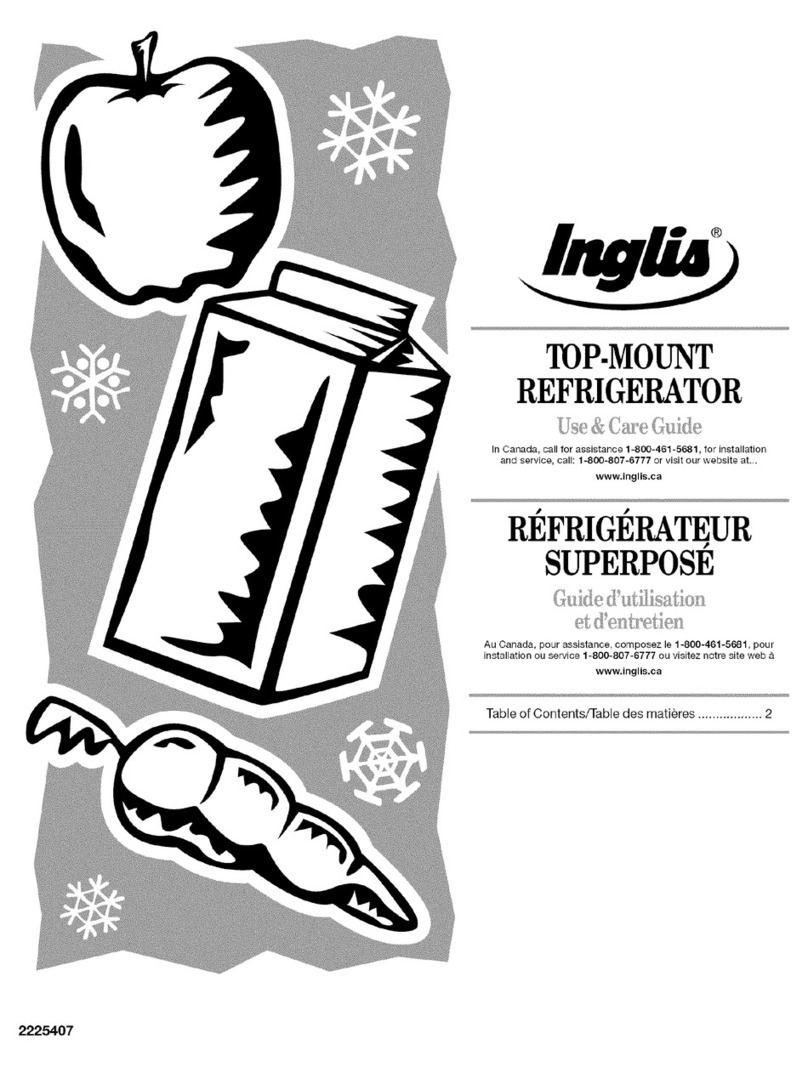
Inglis
Inglis IKT196302 Use & care guide
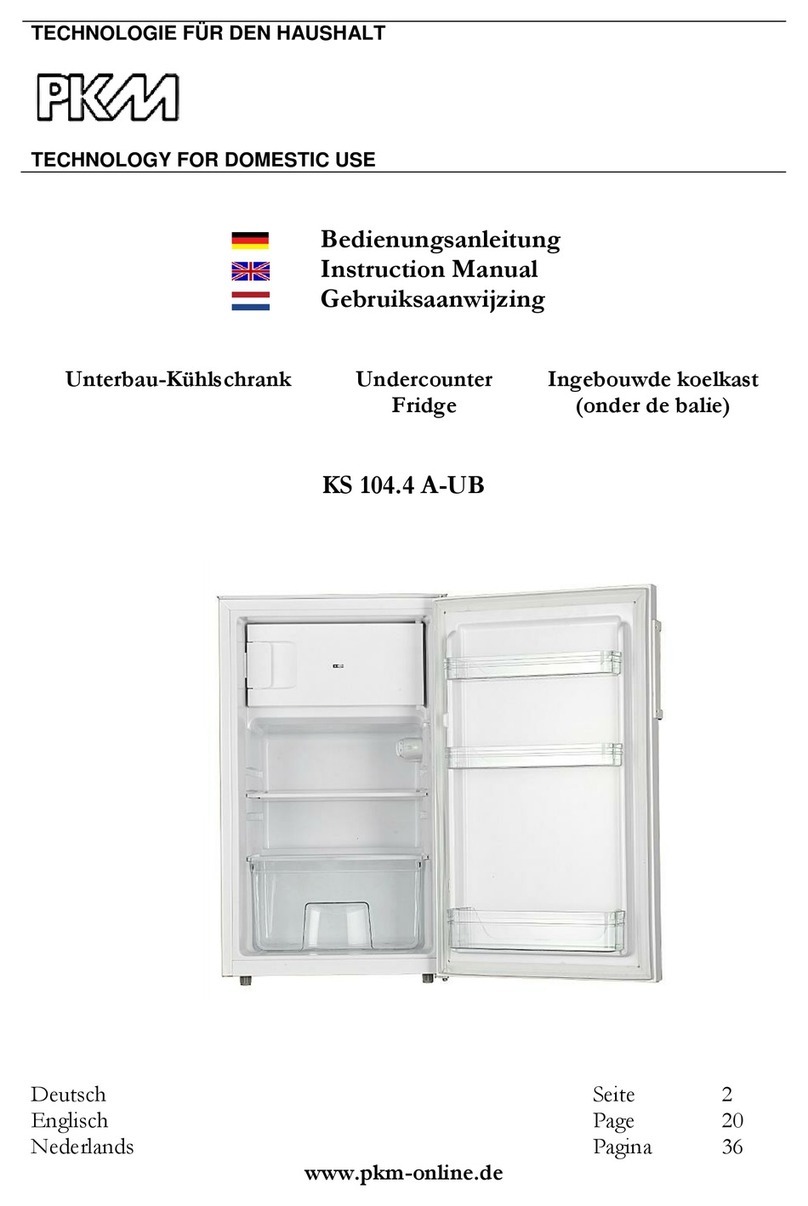
Pkm
Pkm KS 104.4 A-UB instruction manual

AGA marvel
AGA marvel ML24RD Installation, operation and maintenance instructions

Mitsubishi Electric
Mitsubishi Electric MR-L710E operating instructions
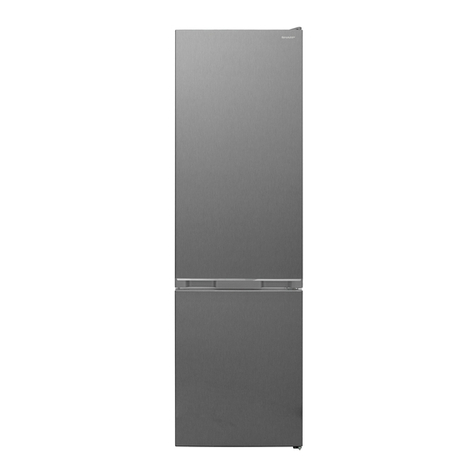
Sharp
Sharp SJ-BA05DTXWF-EU user manual
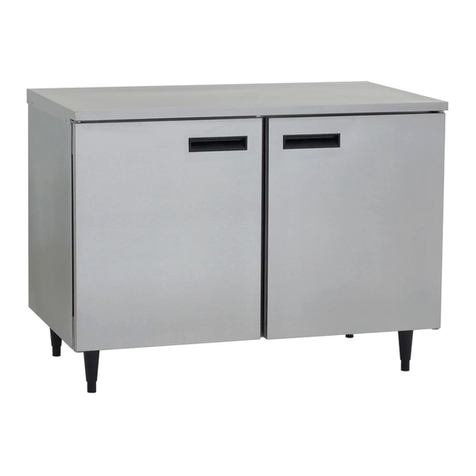
Delfield
Delfield 403 Standard Service and installation manual
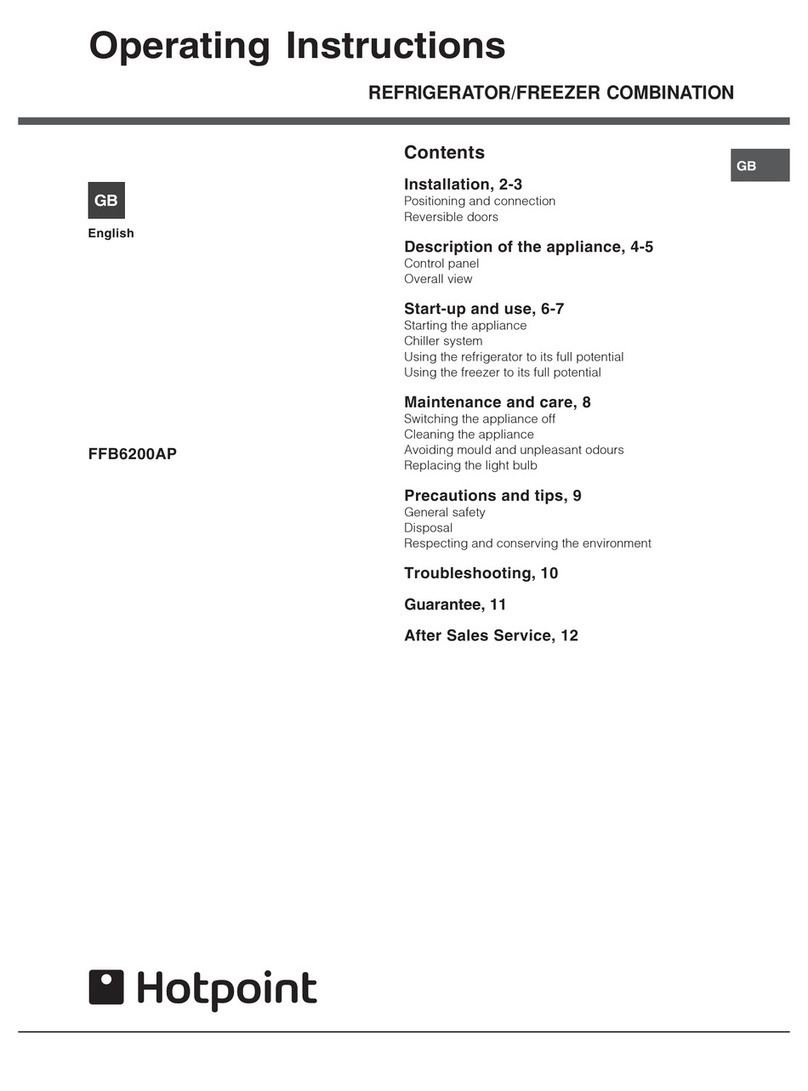
Hotpoint
Hotpoint FFB6200AP operating instructions

KitchenAid
KitchenAid KBRS22KFAL0 parts list
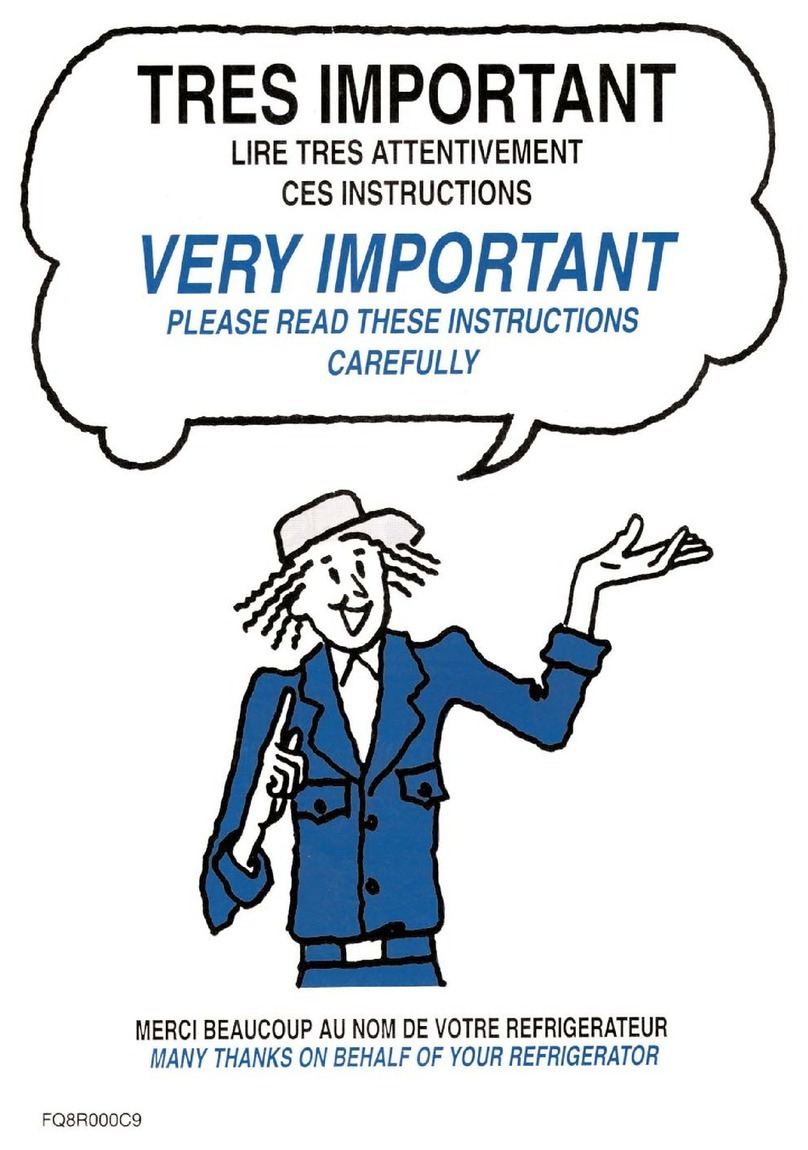
Fagor
Fagor FDS-1141DF installation guide


